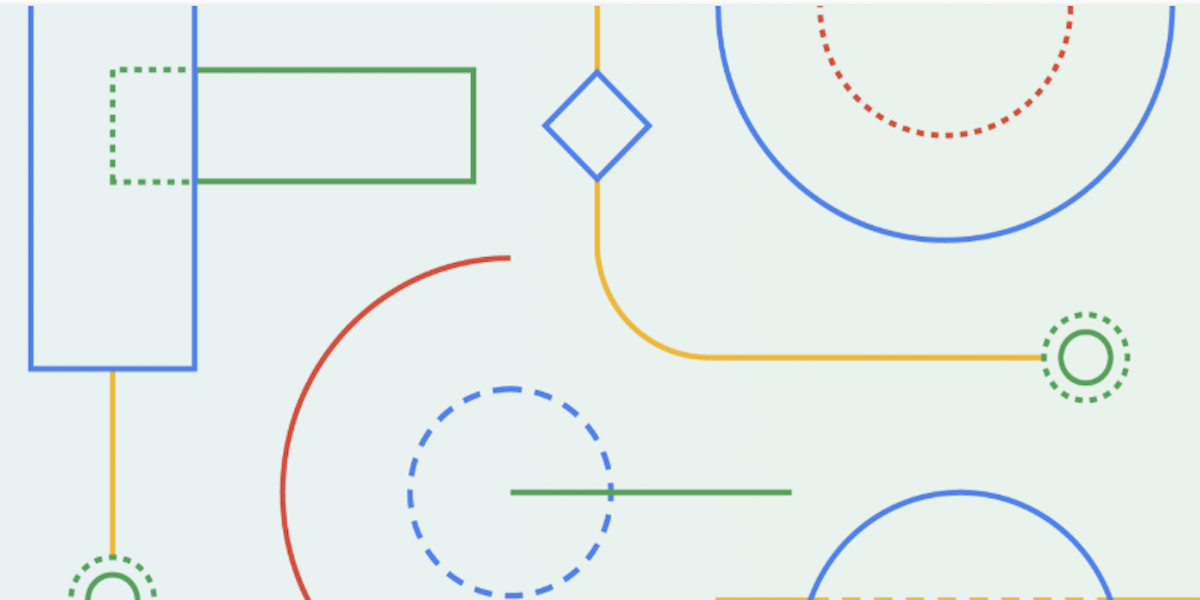Google introduces and pushes Artifact Registry phasing out Container Registry by March 18, 2025.
What is Artifact Registry?
It provides a single location for storing and managing your packages and Docker container images. You can: integrate it with Google Cloud CI/CD services or your existing CI/CD tools, store artifacts from Cloud Build, deploy artifacts to Google Cloud runtimes, including Google Kubernetes Engine, Cloud Run, Compute Engine, and App Engine flexible environment.
Most importantly, you can also leverage Identity and Access Management that provides consistent credentials and access control.
Similarly, protect your software supply chain, manage container metadata and scan for container vulnerabilities with Artifact Analysis. Further, you can enforce deployment policies with Binary Authorization, protect repositories in a VPC Service Controls security perimeter, create multiple regional repositories within a single Google Cloud project, group images by team or development stage and control access at the repository level.
Artifact Registry integrates with Cloud Build and other continuous delivery and continuous integration systems to store packages from your builds. You can also store trusted dependencies that you use for builds and deployments.
What is Artifact Registry?
It provides a single location for storing and managing your packages and Docker container images. You can: integrate it with Google Cloud CI/CD services or your existing CI/CD tools, store artifacts from Cloud Build, deploy artifacts to Google Cloud runtimes, including Google Kubernetes Engine, Cloud Run, Compute Engine, and App Engine flexible environment.
Most importantly, you can also leverage Identity and Access Management that provides consistent credentials and access control.
Similarly, protect your software supply chain, manage container metadata and scan for container vulnerabilities with Artifact Analysis. Further, you can enforce deployment policies with Binary Authorization, protect repositories in a VPC Service Controls security perimeter, create multiple regional repositories within a single Google Cloud project, group images by team or development stage and control access at the repository level.
Artifact Registry integrates with Cloud Build and other continuous delivery and continuous integration systems to store packages from your builds. You can also store trusted dependencies that you use for builds and deployments.
Google introduces and pushes Artifact Registry phasing out Container Registry by March 18, 2025.
What is Artifact Registry?
It provides a single location for storing and managing your packages and Docker container images. You can: integrate it with Google Cloud CI/CD services or your existing CI/CD tools, store artifacts from Cloud Build, deploy artifacts to Google Cloud runtimes, including Google Kubernetes Engine, Cloud Run, Compute Engine, and App Engine flexible environment.
Most importantly, you can also leverage Identity and Access Management that provides consistent credentials and access control.
Similarly, protect your software supply chain, manage container metadata and scan for container vulnerabilities with Artifact Analysis. Further, you can enforce deployment policies with Binary Authorization, protect repositories in a VPC Service Controls security perimeter, create multiple regional repositories within a single Google Cloud project, group images by team or development stage and control access at the repository level.
Artifact Registry integrates with Cloud Build and other continuous delivery and continuous integration systems to store packages from your builds. You can also store trusted dependencies that you use for builds and deployments.
0 Comments
0 Shares
2K Views
0 Reviews



